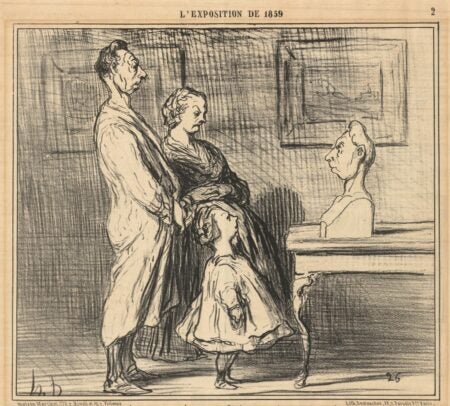
Missing your favorite museums? Let us reveal them to you remotely. JSTOR offers comprehensive coverage of the collections of well over 100 international museums and galleries through various accesses—ranging from fully public, from our community collaborators, as well as open collections with works entirely in the public domain—to selections in Artstor that are available to subscribing institutions and their members.
In collaboration with the Open Access strategies of three leading repositories, nearly half a million images are free to all and available for reuse under Creative Commons licenses on our platform. From The Metropolitan Museum, more than 400,000 images present their greatest hits alongside hidden treasures; The Cleveland Museum of Art collection includes a global selection of nearly 30,000 images from the most iconic to the more esoteric works; and The Museum of New Zealand is represented by an array of 45,000 images featuring arts and culture, society and history, and the natural world of New Zealand.
JSTOR’s community-contributed shared collections are also enriched with contributions from college museums and galleries around the country, including the the Binghamton University Art Museum Collection, Hollins University’s Eleanor D. Wilson Museum Art Collection, University of Lethbridge’s Galt Museum and Archives, Queens College Godwin-Ternbach Museum, Johns Hopkins Archaeological Museum, and Virginia Tech’s Taubman Museum of Art, among many others.
In Artstor, dozens more museum collections are available for scholarly use and simple pleasure, including national standouts like The Museum of Modern Art, the National Gallery of Art, the Museum of Fine Arts, Boston, San Francisco Museum of Modern Art, and the Indianapolis Museum of Art at Newfields. Likewise, the collections of more intimate institutions are available for viewing and use, such as The Frick Collection, Glenstone, and The Phillips Collection.
If you’d like to take a virtual stroll in the splendid galleries of Europe, a number of Artstor Digital Library collections from providers that aggregate works from continental museums provide a rich and wide spectrum, namely the Réunion des Musées Nationaux (RMN) (mostly French museums), Scala Archives (predominantly Italian art and architecture), Erich Lessing Culture and Fine Arts Archives (diverse international collections), and the Berlin State Museums. We also offer collections dedicated to The National Gallery, London and the Rijksmuseum, among others.
When being there is not an option, a digital tour of a beloved museum may prove the next best thing.
– Nancy Minty, Collections editor
















